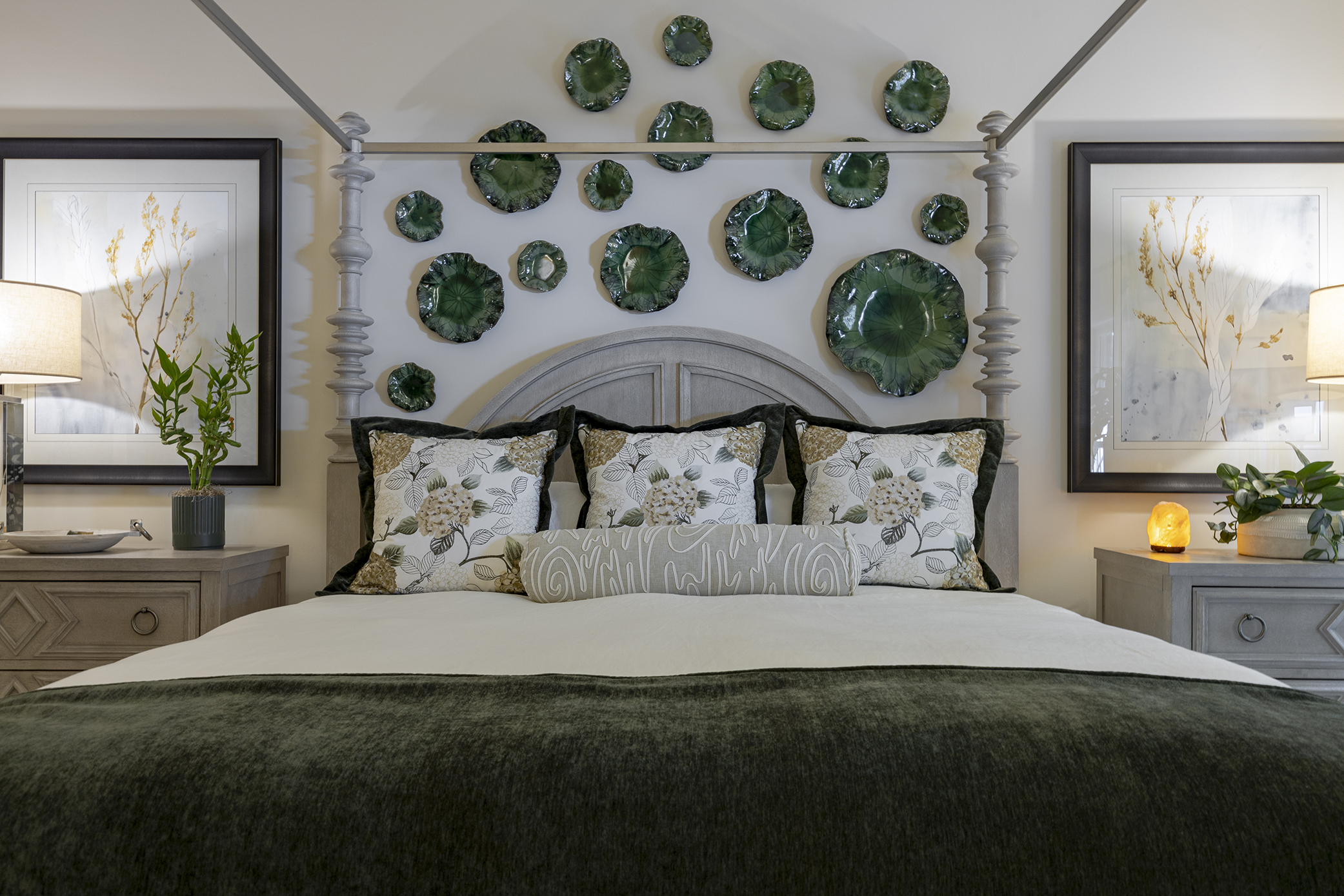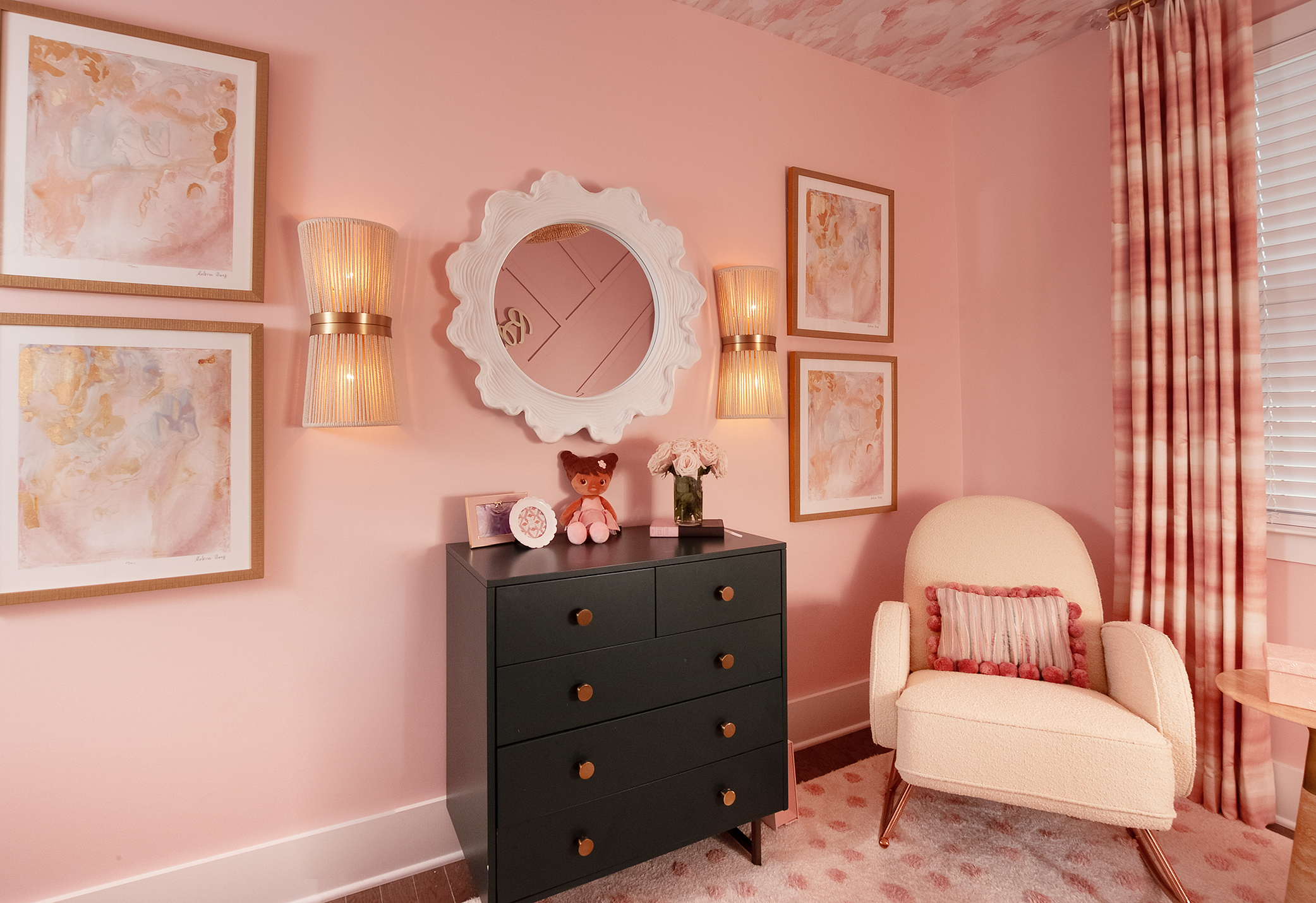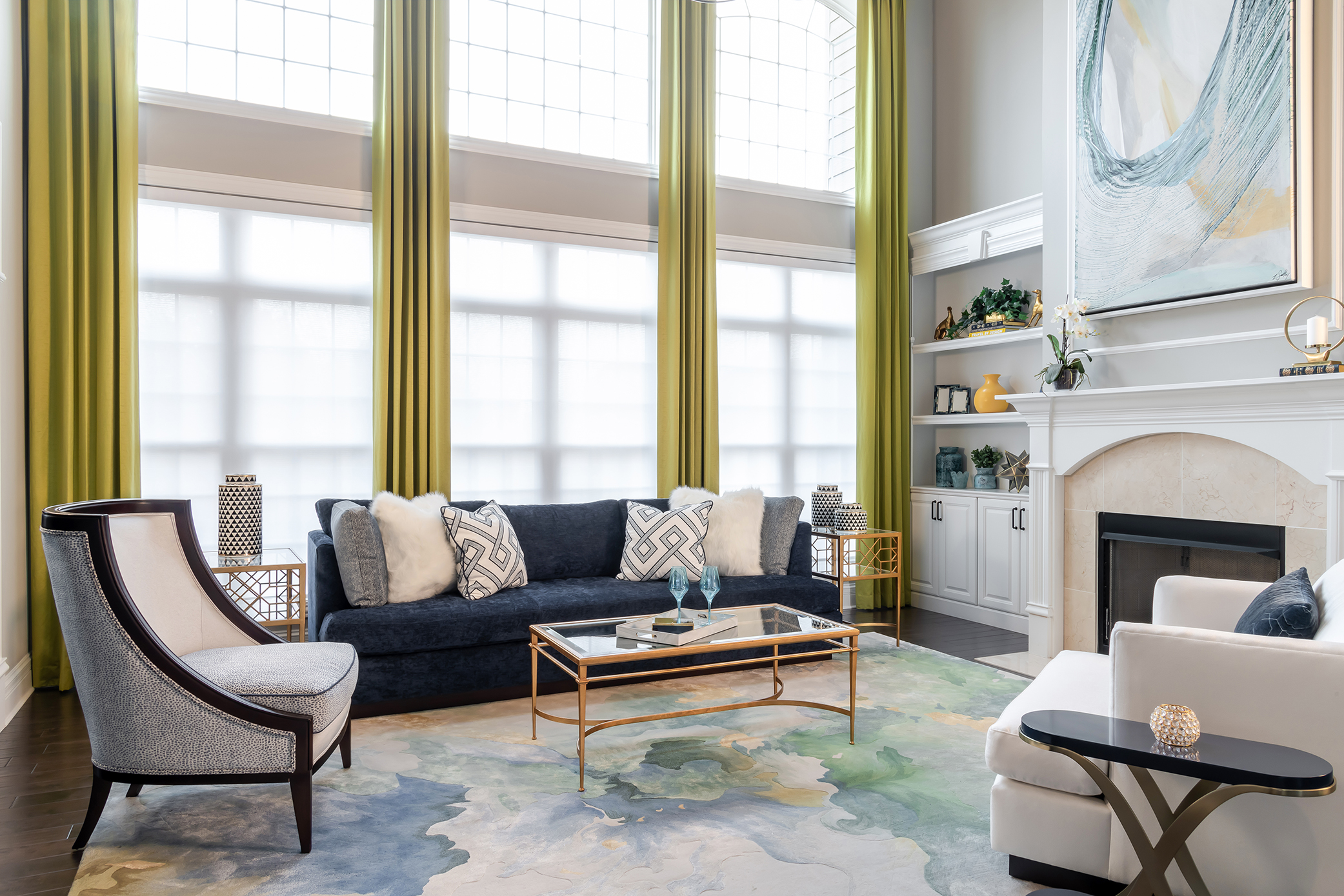Picture this: you start redecorating a room — you paint the walls, bring in beautiful new furniture, and carefully style every corner only to realize that nothing quite fits together. A total nightmare, right? To avoid that chaos and eliminate surprises, interior decorators use mood boards: visual presentations or collages that bring design ideas to life.
But why are mood boards so important, and how do you actually create one? Let’s dive in and find out.
The Benefits of Creating a Mood Board
Designing a mood board isn’t just a creative exercise; it’s an essential step in any successful interior design project. Whether you’re updating a single space or taking on a whole-home transformation, mood boards act as a visual guide to achieving a cohesive, intentional result. Here’s why they are so valuable:
Clear Communication of Ideas and Vision
Trying to explain a design idea or a color story can be tricky. Mood boards help bridge that gap between imagination and reality, allowing both you and your interior designer to clearly see and understand the same vision.
A Hub for Gathering Inspiration
Mood boards are the perfect place to collect images, colors, materials, and textures that capture the look and feel you’re after. By doing this early, you establish a strong direction for your project — and reduce the risk of clashing styles down the line.
Early Feedback to Save Time and Costs
Visualizing your ideas on a mood board early in the process allows you to gather feedback before making any big decisions, like buying a sofa or painting a feature wall. This simple step can prevent costly mistakes and keep your project on track.
Refining Style and Ensuring Consistency
A mood board also sharpens your style by laying all elements side-by-side. This big-picture view helps spot anything that feels out of place — before you commit to it. If something doesn’t fit visually on the board, chances are it won’t work well in the room either. Catching these issues early saves time, money, and stress during the redesign process.
 With the right plan, any space can look immaculate.
With the right plan, any space can look immaculate.Increased Confidence in Decision-Making
Seeing your design ideas come together on a mood board provides clarity and confidence. It helps you feel assured in your choices, reducing second-guessing when purchasing items or committing to design elements.
Facilitates Collaboration
Mood boards are an excellent tool for collaboration, especially if multiple people are involved in the interior design project. They help align everyone’s vision and ensure that the final design meets everyone’s preferences and expectations, whether two people or 12.
Enhanced Creativity and Exploration
Experimenting with different combinations of colors, patterns and materials on a mood board allows you to explore creative possibilities you might not have considered. This can lead to innovative and unique design solutions tailored to your personal style.
Efficient Planning and Execution
Establishing a clear design direction early can help you make quicker decisions about everything from furniture to décor. This efficiency streamlines the entire interior design project, making it more enjoyable and less stressful.
As a client, you can help our interior decorators define your vision by asking thoughtful questions, exploring different styles and even taking design quizzes that can help you pinpoint your personal design opinions. These steps ensure the final design feels functional and beautifully aligned with your taste.
How Our Interior Decorators Create Mood Boards
At Decorating Den Interiors, mood boards are a critical step in every project our decorators work on. Not only does it help our clients visualize what we’re hoping to achieve with their space, but it’s also a creative process that boosts inspiration. Ultimately, it enables our team to maximize rooms and dream up beautiful spaces that might otherwise not reach their full potential.
Here’s how we do it:
1. Determine the Best Medium
Our first step is deciding on the best format for your mood board. Whether it’s a tangible, physical mood board or a sleek digital version, we’ll choose the method that best fits your needs and preferences. In most cases, we opt for digital tools, which allow for easy adjustments, sharing and a wider range of creative possibilities. Digital boards provide flexibility, especially when experimenting with different layouts and design options.
2. Chat With You About Your Design Preferences
Creating a mood board starts with understanding your unique vision. We’ll schedule a conversation to dive into your design goals and preferences. Do you lean toward modern minimalism or cozy traditional vibes? How do you use the space daily? These insights help us capture your personal style and create a design that feels like home.
3. Define the Project
Next, we’ll narrow down the scope of the project. This includes understanding the dimensions and function of the space, identifying a central design theme and establishing a cohesive color palette. Defining these elements early ensures everything remains focused and purposeful throughout the interior decoration process.
4. Gather Inspiration
With a clear vision in mind, we’ll begin gathering inspiration from various sources. From scrolling through design platforms like Pinterest and Houzz to flipping through glossy design magazines and sampling fabric swatches, we leave no stone unturned. Paint chips and sample materials are key to envisioning the final look.
 Remove elements of surprise by laying everything out beforehand.
Remove elements of surprise by laying everything out beforehand.5. Select Visual Elements
Here’s where our creativity runs wild and the magic starts to happen! Once we’ve gathered enough inspiration, we’ll select specific visual elements that fit your style and space. This might include fabric textures, wood finishes, metal accents, statement lighting and decorative accessories. Each element is thoughtfully chosen to complement the overall aesthetic and create a harmonious design.
6. Arrange the Elements
Now it’s time to bring the vision to life by arranging the selected elements on the board. Whether digitally or physically, we’ll carefully position the images, swatches and materials to give a clear representation of the design. The layout will capture the flow, style and mood of the space.
7. Present the Finished Mood Board
And for the most exciting part, we present the completed mood board to you for review and approval. During this meeting, we’ll walk you through our creative process, explaining how each element contributes to the overall design. Your feedback is essential, and we’ll make any necessary edits or adjustments to ensure the final concept aligns perfectly with your design idea.
Trust the Experts
At ETM Interiors, we understand what it takes to transform an ordinary room into an extraordinary space. A key part of our process is creating detailed mood boards that bring our design vision to life capturing color combinations, textures, and decor ideas in a way that words alone often can’t. This valuable step is something many homeowners miss when attempting a remodel without the guidance of a professional.
When you choose ETM Interiors for your next redesign project, you’re not just getting a decorator; you’re gaining years of expertise, insight, and a true passion for creating beautiful, cohesive homes.










